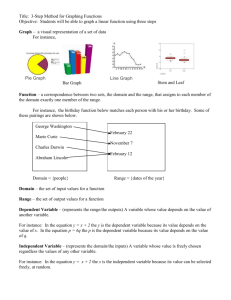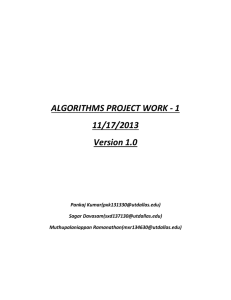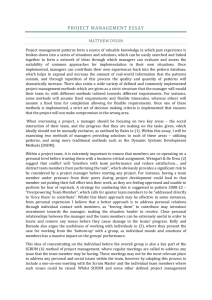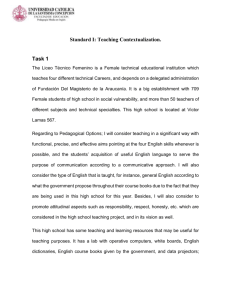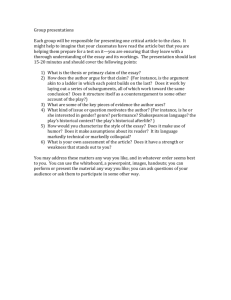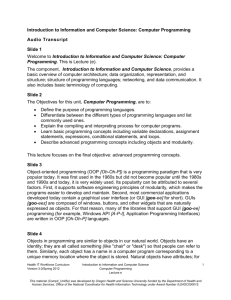Aristotle gives us three laws to govern the use of logic
advertisement
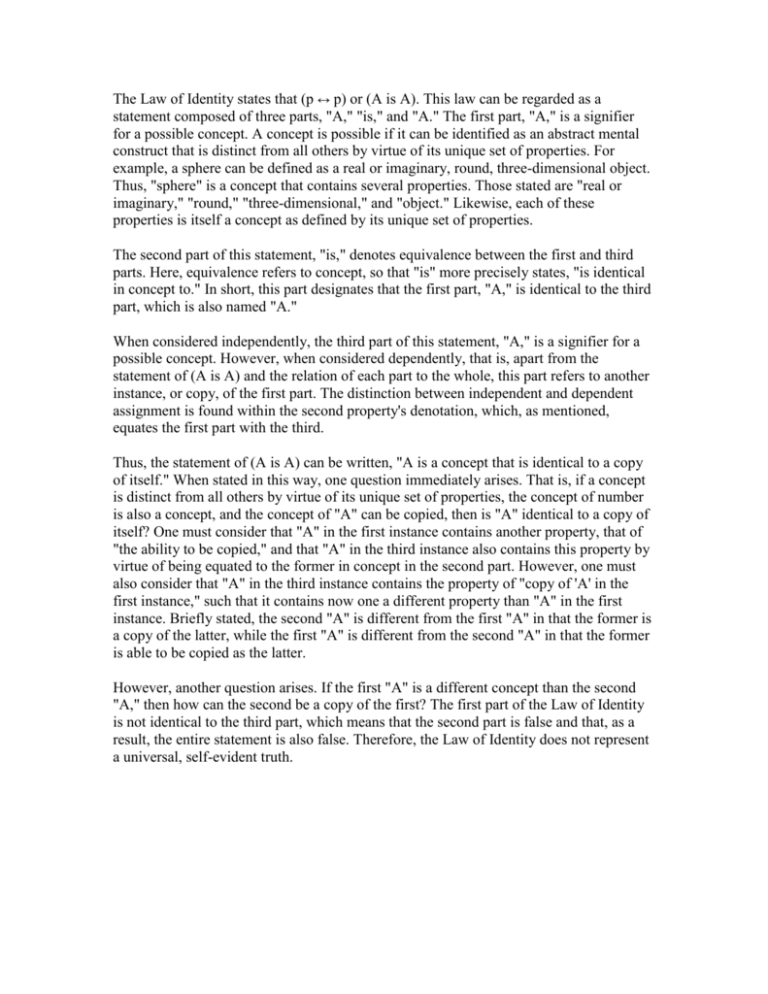
The Law of Identity states that (p ↔ p) or (A is A). This law can be regarded as a statement composed of three parts, "A," "is," and "A." The first part, "A," is a signifier for a possible concept. A concept is possible if it can be identified as an abstract mental construct that is distinct from all others by virtue of its unique set of properties. For example, a sphere can be defined as a real or imaginary, round, three-dimensional object. Thus, "sphere" is a concept that contains several properties. Those stated are "real or imaginary," "round," "three-dimensional," and "object." Likewise, each of these properties is itself a concept as defined by its unique set of properties. The second part of this statement, "is," denotes equivalence between the first and third parts. Here, equivalence refers to concept, so that "is" more precisely states, "is identical in concept to." In short, this part designates that the first part, "A," is identical to the third part, which is also named "A." When considered independently, the third part of this statement, "A," is a signifier for a possible concept. However, when considered dependently, that is, apart from the statement of (A is A) and the relation of each part to the whole, this part refers to another instance, or copy, of the first part. The distinction between independent and dependent assignment is found within the second property's denotation, which, as mentioned, equates the first part with the third. Thus, the statement of (A is A) can be written, "A is a concept that is identical to a copy of itself." When stated in this way, one question immediately arises. That is, if a concept is distinct from all others by virtue of its unique set of properties, the concept of number is also a concept, and the concept of "A" can be copied, then is "A" identical to a copy of itself? One must consider that "A" in the first instance contains another property, that of "the ability to be copied," and that "A" in the third instance also contains this property by virtue of being equated to the former in concept in the second part. However, one must also consider that "A" in the third instance contains the property of "copy of 'A' in the first instance," such that it contains now one a different property than "A" in the first instance. Briefly stated, the second "A" is different from the first "A" in that the former is a copy of the latter, while the first "A" is different from the second "A" in that the former is able to be copied as the latter. However, another question arises. If the first "A" is a different concept than the second "A," then how can the second be a copy of the first? The first part of the Law of Identity is not identical to the third part, which means that the second part is false and that, as a result, the entire statement is also false. Therefore, the Law of Identity does not represent a universal, self-evident truth.

